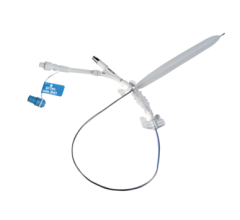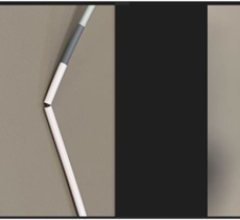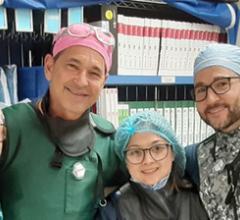November 5, 2010 – New research shows that novel drug-coated balloon technology is being adopted in niche applications throughout Europe. The research, from the Millenium Research Group, also found that the market will continue to grow as physicians increasingly use the balloons when other devices are not suitable.
Drug-coated balloons lack extensive clinical data comparing their efficacy to other technologies, but they are being employed in patients where drug-eluting stents cannot be used. For example, some patients are not candidates for dual anti-platelet therapy, so a drug-coated balloon may be a viable treatment option.
Drug-coated balloons could potentially be used with bare-metal stents to lower the risk of late stent thrombosis. They are also being used to treat side branches of bifurcated lesions in the coronary arteries and for the treatment of in-stent restenosis. Although treating in-stent restenosis with another stent is currently being examined in clinical trials, physicians generally prefer not to perform this type of procedure.
“Although drug-coated balloons have been available in Europe as of 2007, they have experienced only minimal adoption so far,” said Adrienne Ma, M.Sc., analyst at MRG. “According to physicians interviewed by MRG, it is unlikely that interventional cardiologists will choose angioplasty alone when a stent could be placed. This market will continue to grow as the technology is used to treat patients in which other devices are not well suited. Physicians in Europe will continue to monitor data from clinical trials such as Eurocor’s Valentines trial, Lutonix’s PERVIDEO I trial and B. Braun’s PEPCAD trials, and positive results will further drive adoption.”
MRG’s European Markets for Interventional Cardiology Devices 2011 report includes analysis on France, Germany, Italy and the United Kingdom.
For more information: www.MRG.net


 June 13, 2024
June 13, 2024 








